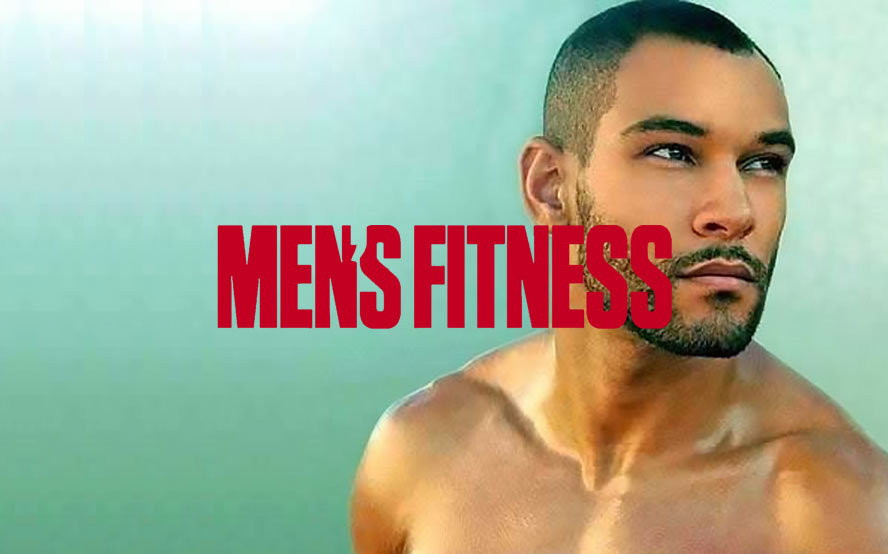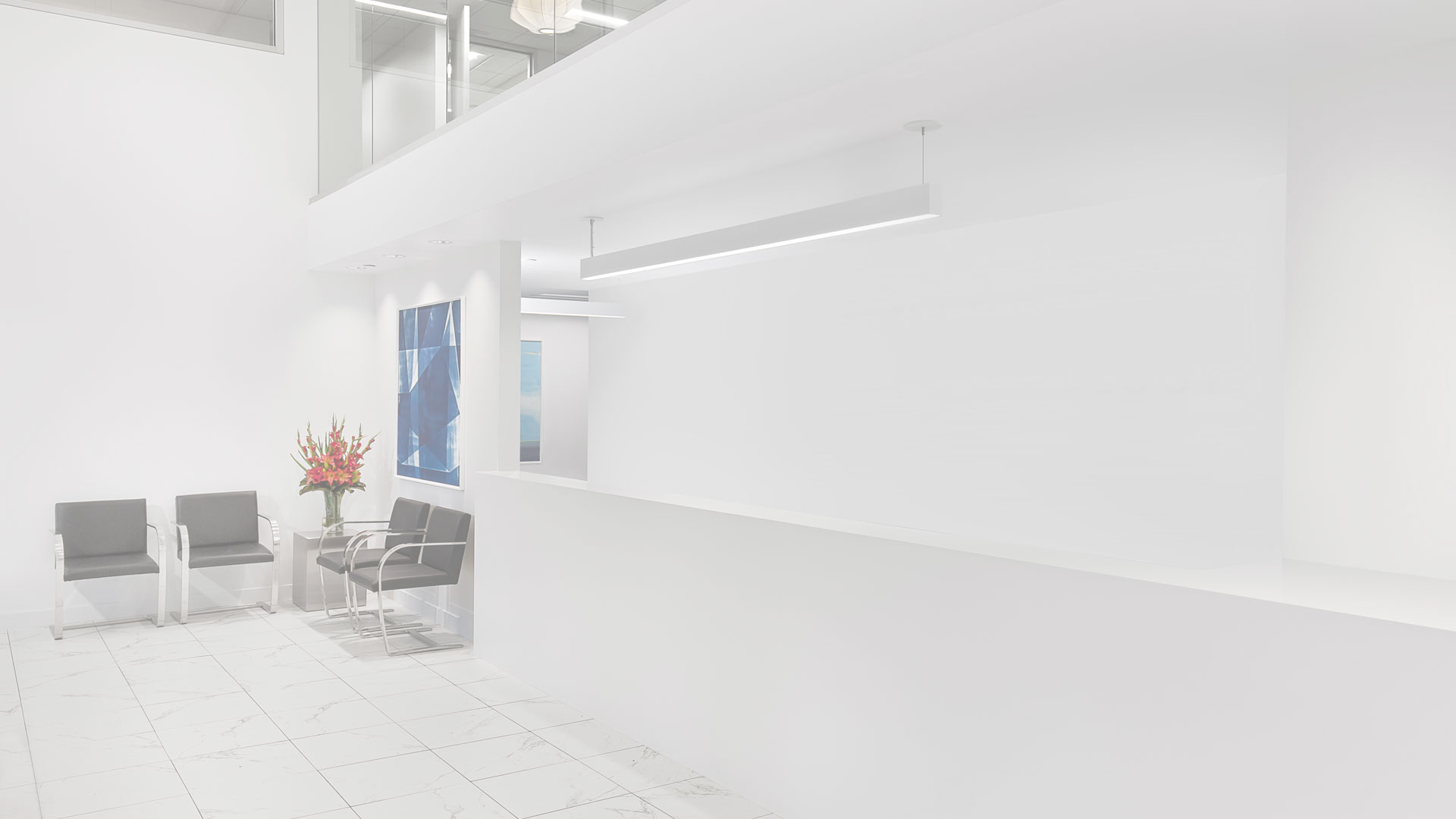
Everything You Need to Know about Shaving Your Head
by Adam Hurly for Men’s Fitness
So you’re ready to bare it all up top? Here’s our comprehensive guide to the best products, shaving techniques, and skincare essentials for looking cool, clean, and collected.
When your Dad taught you how to shave, he focused his lesson on the cheeks and chin. That was practical for the first decade or two of your shaving years, but what about the suddenly balding crown that you also inherited? (Or maybe you’ve got a bunch of hair but would prefer to channel The Rock’s bad-assery, or even Jeff Bezos’ I’m-the-bossery.)
Since you’re a big boy now, dad isn’t on hand to show you the ropes. Luckily, barber Eric Holmes is. Holmes gives stellar shaves at Blind Barber in Los Angeles, and he knows the ins and outs of shearing one’s own dome. In many ways, you’ll employ the same logic as with your facial hair, but not always. Pay close attention, and, as Holmes will remind you: Go slow.
Here are all the things you need to know before waxing poetic on your own head.
First, a note on razors
Holmes has seen guys shave their heads with just about every type of razor. If you want the best shave with a standard razor (as opposed to a straight razor or safety razor, for the real pros), then pick one with three to five blades, so that you can avoid having to go over any area more than once. Holmes doesn’t shy away from disposable blades here, since a one-and-done policy is good for the crown. In that case, you can stick with Schick’s Xtreme3 Sensitive Blades, which have a flexible head that slides with the contours of your head. Alternatively, sign up for a replenishment program (like Harry’s) to have clean blades—also with flexible heads—sent to you each month. Regardless of how frequently you shave, it’s important to avoid using a dull blade; it’ll drag along the skin and leave painful burn (and unshaved hair) in its wake.
How to shave your own head
1. Buzz it down
First things first: You’ll want to buzz all of your hair to a workable length. Get a no-frills electronic clipper set; we like Wahl’s Home Pro. Most guy will remove the guard and buzz all the way down, to minimize the amount of hair they will later drag with the razor, as well as to lessen any resistance to the blade. However, some guys will attach the smallest guard, so that the hair is short enough to shave, but still at a visible length—this way, if you’ve missed a spot after shaving, it’s easier to notice.
2. Rinse off in a hot shower
Just as when you shave your face, it’s best to soften the skin with warm or hot water. This will open your pores, relax your hair, and minimize friction and burn. In this case, it’ll also wash away any hair clippings that you just trimmed.
3. Exfoliate
While you shower, grab some gritty scrub—Raw Materials’ Skin Grit is liquid gold—and slather it onto your head. This will lift any dead skin, which will later prevent clogged pores and ingrown hairs. The shave itself is an exfoliating procedure, but you don’t need excess dead skin causing additional problems during the main event.
4. Apply a pre-shave oil
Holmes recommends using a pre-shave oil to help your razor glide more easily over the skin. This also creates a small protective barrier between the blade and the skin. It’s kind of like a janitor for your skin: If it does its job, you’ll never notice the difference. If you forego it…you may feel the burn later. (Our rec: The Art of Shaving’s Unscented Pre-Shave Oil)
5. Lather up
Holmes isn’t particular about the kind of cream or gel you use to shave your head—it’s up to your personal preference. As a beginner, though, you may want to stick with something transparent, so that you can visualize the scalp as you shave it, noticing any contours or moles. Gillette’s Fusion ProGlide Gel is a surefire, see-through bet.
Warm it up in your palms and apply it with some force. You want to work it into the scalp, says Holmes, to further guarantee comfort and closeness during the shave.
6. And… go!
The number-one thing to remember: Take your time. “Make sure you finish one area before moving on to the next,” says Holmes. “By going slow and not jumping all over the place, you should be able to get a good shave without any special mirror setup.”
Even then, you may want to invest in a handheld mirror, to more easily visualize the back of your head—whether you hold it up during the shave is a personal preference. You can also shave more easily with a tri-paneled bathroom mirror, positioning them to reflect off one another.
It’s very important to shave with the grain of your hair, as you would on your face, which prevents painful ingrown hairs. Gently pull the skin taut to avoid unnecessary grooves and obstructions.
As for the order of operations: “The best way is to start with the softer hair on the top of the scalp first, then the sides, then the back,” advises Holmes. “The sides and back tend to be thicker and, in saving them for last, you allow them to soften for a longer period of time under the shaving cream.”
And, as you would with a regular shave, rinse the blade in hot water after each stroke, to keep it unobstructed.
7. Rinse with cold water
When it comes to your pores, it’s the same logic (and opposite approach) once you’ve finished the shave. “Whereas warm water opens your pores, cold water closes them,” says Holmes. This will firm the skin and prevent blockage, as you wash away any hair, dead skin, and shave gel residue from your crown.
8. Chase it with an aftershave lotion
Holmes recommends using an aftershave lotion or balm, as opposed to a gel or splash. It’s especially soothing for anyone with sensitive skin. However, most important is to banish any aftershaves containing alcohol—now, and forever. They dry out your skin and do more damage than good. Dove Men+Care has a great alcohol-free post-shave balm for sensitive skin. (And really, all of us have more sensitive skin up top, so it’s best to err with those kinds of products here.)
9. Treat nicks and cuts
You might make a rookie error or two, but even the self-shaving veterans out there get a couple nicks along the way. You’ll minimize bleeding and promote healing with a styptic pen or alum block. Both will disinfect the cut and halt bleeding; this is one instance where it’s a-ok to spot-dry the skin, unlike when applying an aftershave to the entire head. Clubman Pinaud has a stellar [styptic pen], and [The Art of Shaving’s Alum Block] is a necessity for every man. Both of these will come in hand for any nicks to your face, or even a paper cut, pesky hangnail, etc.
How to keep your bald head beautiful
“Men with shaved heads are at the greatest risk of skin cancer, age spots, and wrinkling,” says Heather Rogers, dermatologist at Modern Dermatology in Seattle. “Their heads get maximum exposure to the radiation of the sun.” For this reason, bald men should treat their scalp just as they would their face. Here’s a regimen that Rogers suggest to her bare-headed patients:
- In the morning, wipe the scalp with a warm wash cloth (unless you’re showering, which will also do the trick). You’ll use a cleanser in the evening, so you can avoid it in the morning.
- Next, apply an antioxidant serum, like [IS clinical Super Serum], to correct any existing damage while fighting against everyday environment strain.
- Then use an SPF-packed moisturizer—something with a matte finish, so that your dome doesn’t look overly polished. Rogers recommends [Brush on Block] for the best anti-shine application.
- And, since it isn’t going to mess up your hair, it’s always best to wear a hat.
In the evening, cleanse in the shower, but try to limit showering to just once a day, lest you dry out the skin on the scalp. Rogers likes Cetaphil cleanser, and suggests their wipes if you otherwise shower in the morning. Before bed, apply a retinol product, like MD Solar Science Evening Facial Repair Serum. “A little bit is all you need,” says Rogers. “It is a treatment, not a moisturizer. Use too much and you will get dry and irritated.” As you sleep, your cells turn over much quicker, so this is the best time to treat the skin on your head for signs of aging and sun exposure. If your scalp is ever too dry, use a dense moisturizer (like Baxter of California’s Skin Recharge Cream) to hydrate while you rest.
Read Original Article

semenmarqus
Enhance Privacy Without Sacrificing Natural Light
Looking for a way to maintain privacy while keeping your space bright? Our frosted and tinted window films at https://www.windowfilminstallers.com provide the perfect balance of seclusion and natural light. Perfect for homes, offices, and retail spaces!
Nick
Reading this article took me right back to the first time I nervously buzzed my own hair off. That moment of transition is surprisingly emotional, and having a reliable routine really made it feel like a positive act of self-care instead of a chore. For me, part of finding that groove was reading through various Harrys reviews to see what real people were saying about their razors and shave gel. It helped me choose products that turned the shave into a quiet, almost meditative few minutes for myself. Thanks for putting together such a thoughtful and practical guide.
seveulear
https://lovescape.com/spicy-ai-chat-online/ spicy AI chat delivers the perfect dose of thrill! The companion is bold, witty, and effortlessly charming, keeping conversations sparkling with light teasing and warm compliments. Every message feels tailored to spark butterflies without ever being too much. The playful dynamic has brought so much laughter and positive energy into my days. Absolutely addictive in a wholesome way!